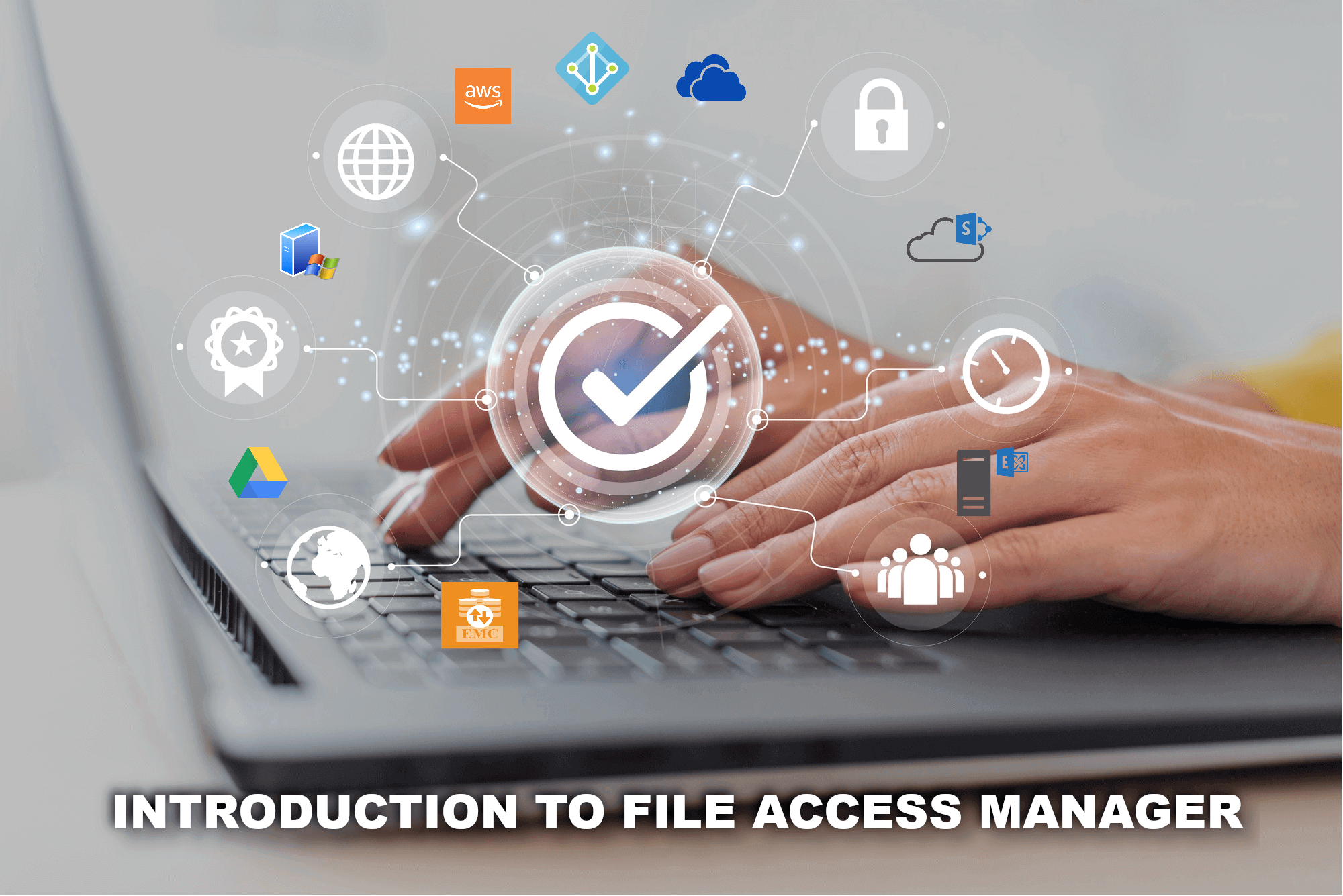In today’s digital age, data reigns supreme. Everyone, but especially enterprises, grapples with protecting sensitive information. Compliance regulations add another layer of complexity. While Identity Governance solutions effectively manage user access to applications, they leave a critical gap: unstructured data governance.
This creates a data blind spot: a huge amount of sensitive data on your network and in the cloud that’s completely unprotected. How can enterprises address this problem?
Before diving into the solution, let’s explore examples that highlight the differences between Structured and Unstructured Data.
Understanding Data: Structured vs. Unstructured and the Need for Governance:
Structured data: This type of data is highly organized and fits neatly into rows and columns, like a spreadsheet. Examples include customer records, financial transactions, and product catalogues.
Unstructured data: This data lacks a predefined format and can be quite diverse. It includes emails, social media posts, documents, images, audio, and video files.

The challenge lies in securing both structured and unstructured data. While structured data often resides in controlled databases, unstructured data can sprawl across various network locations and cloud storage applications. This is where Data Access Governance (DAG) tools come into play.
How SailPoint File Access Manager Secure Unstructured Data
- The SailPoint leading Identity and Access Management Software provider has come up with a product called File Access Manager(FAM). FAM is one of the leading Data Access Governance tools which provides the solution for unstructured data governance.
- It helps to identify and classify where sensitive data resides on your network and cloud-connected storage applications, establishes data ownership, mitigates security risks with monitoring and forensic analysis of file storage systems, and assists in meeting compliance and audit requirements by enforcing policies related to data access. File Access Manager(FAM) formerly known as SecurityIQ(SIQ).

FAM Featured / Benefits
- Data Discovery and Classification- Discover sensitive data from files based on keywords, wildcards, regular expressions and metadata, and how files are accessed by users.
- Permission Analysis – Evaluate user access to data and how it was granted. Analysis shows access models and ineffective/overexposed permissions.
- Content and Behavioural Analysis – Classify folders based on the groups or departments accessing the data. Which helps to identify the sensitive files. Provide advanced data classification using OCR (Optical Character Recognition) to scan the image file stored in PDF or DOC.
- Crowdsourced Data Owner Election – Innovative crowdsourcing technology accurately identifies and elects proper data owners by enlisting input from users of the data.
- Compliance Policies – Pre-defined policies are designed to accelerate readiness with PII, PHI, and PCI-related compliance requirements such as GDPR and HIPAA also customize more policies using rules.

- Data Access Certification-Effectively and accurately respond to audits with automated access reviews and certifications.
- Real-time Activity Monitoring-Track user activity for greater security insight. Monitor access policy violations in real-time with automated alerts and responses.
- Flexible Deployment Options-Can Deploy on cloud platforms, including Amazon Web Services and Microsoft Azure, or in the data centre on-premises.
- Complete Support for On-premises and Cloud Data:
- File Servers and NAS: Microsoft Windows, Hitachi, EMC, NetApp
- Portals: Microsoft SharePoint and Microsoft SharePoint Online
- Mail: Microsoft Exchange and Exchange Online
- Cloud storage: Microsoft OneDrive, Box, Drop Box, Google Drive
- Corporate directory: Microsoft AD, Microsoft Azure AD
Conclusion:
FAM gives you full control and visibility over your sensitive data, helping you meet data protection needs and build strong data governance across your company.
Keep visiting our blog to see more posts about File Access Manager and Implementations.


Comments are closed